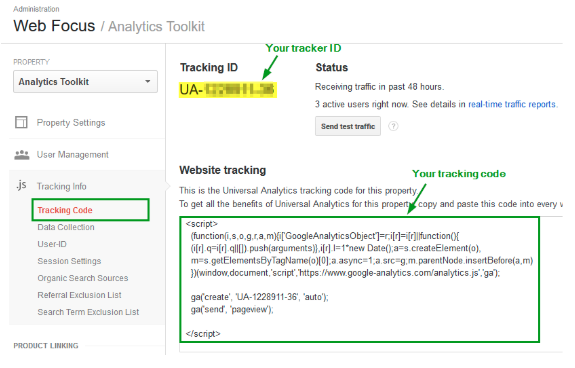Facts About Google Analytics Event Tracking Uncovered
Table of ContentsGoogle Analytics Event Tracking Fundamentals ExplainedA Biased View of Google Analytics Event TrackingThe Single Strategy To Use For Google Analytics Event TrackingThe Of Google Analytics Event TrackingThe smart Trick of Google Analytics Event Tracking That Nobody is DiscussingGet This Report about Google Analytics Event Tracking
If you're mosting likely to establish up event monitoring manually, then you're mosting likely to have to include some additional code to the elements you wish to gather information from. The code you're going to deal with will look something like this: There are four parts within that code bit that you're mosting likely to need to define yourself: event, Group, event, Activity, event, Label and event, Value.
As you can see, 2 of these are required (category and action) while tag and worth are optional. Everything depends on the type of info you desire relayed back to Google Analytics when a customer clicks on the defined aspect (Google Analytics Event Tracking). It will certainly be a lot easier to define these elements if you analyse your website and decide which elements/actions you intend to track
Google Analytics Event Tracking Fundamentals Explained
Currently, you'll be asked to specify the and and you'll wish to pick from the drop-down menu that appears when you click on. This will certainly bring up the exact same occasion monitoring elements we checked out earlier, which you'll need to complete. Once you have actually defined these, you can relocate to the 2nd box and choose the trigger that will discharge your tag.
On the next screen, you'll additionally have an area for naming your trigger and, if you click on package, you'll see a list of the different triggers you can choose. In this situation, we wish to choose and after that select the alternative below. You'll set the trigger to just fire when an element is clicked with an URL that includes the.
Easy - Event monitoring! Occasion tracking offers you a picture of just how customers engage with your web site and service. Review on as we discover everything you need to know, including what it is, why you ought to track occasions, how to handle events data, site here and various other pertinent FAQs you may have.
The 5-Second Trick For Google Analytics Event Tracking
You can switch between your occasion groups, activities, and tags in the Top Occasions report. This record is critical for digging further into study on a particular occasion category. The Event Pages report presents the web pages where events are caused. In this area, we can analyze the top web pages that drive events.
Occasions in Google Analytics have 4 primary elements. Google Analytics utilizes these codes to track user communications and team them into event reports (Google Analytics Event Tracking).
A list of the specifications you can track on your internet site is on the. After checking all essential areas, you can click "X" to close the window and return to the Summary food selection on the.
Fascination About Google Analytics Event Tracking

If you have not done so, you may need to establish up a variable in the Google Analytics Setups box. After click here for more info this, enter your GA tracking ID in the Tracking ID field.
Your ID will be on top of the display. To do this, adhere to the next series of activities: After configuring the areas, select the "Triggering" section. When configuring your new trigger, click the "+" switch, then the "pencil" switch, after that choose your trigger type. Label your trigger and specify the problems that result in trigger firing.
Not known Details About Google Analytics Event Tracking

When it familiarizes which sections and components are guiding customers with your conversion channel, you still won't understand. Without occasion tracking, GA records will just count gos to as single-page sessions, even if users spend a great deal of time on one page and engage with it considerably (and a bounce).
But exactly how does event tracking achieve this?Single-web page sessions recognized as bounces start and end on the very same web page. Without occasion monitoring, GA will certainly classify an individual's go to as a bounce if they don't navigate to one more page, regardless of exactly how they connect with it. A video-rich web page can have a greater bounce rate if occasions are not tracked.
The Greatest Guide To Google Analytics Event Tracking
Nonetheless, for GA to take occasion hits right into account when determining bounce rates, you should select "Non-interaction event" as "False" throughout the GTM configuration. Setting "occasion objectives" with event action is an outstanding method to see this website monitor individual tasks you worth extremely, such as brand-new lead submissions or clicks on a phone call to action.